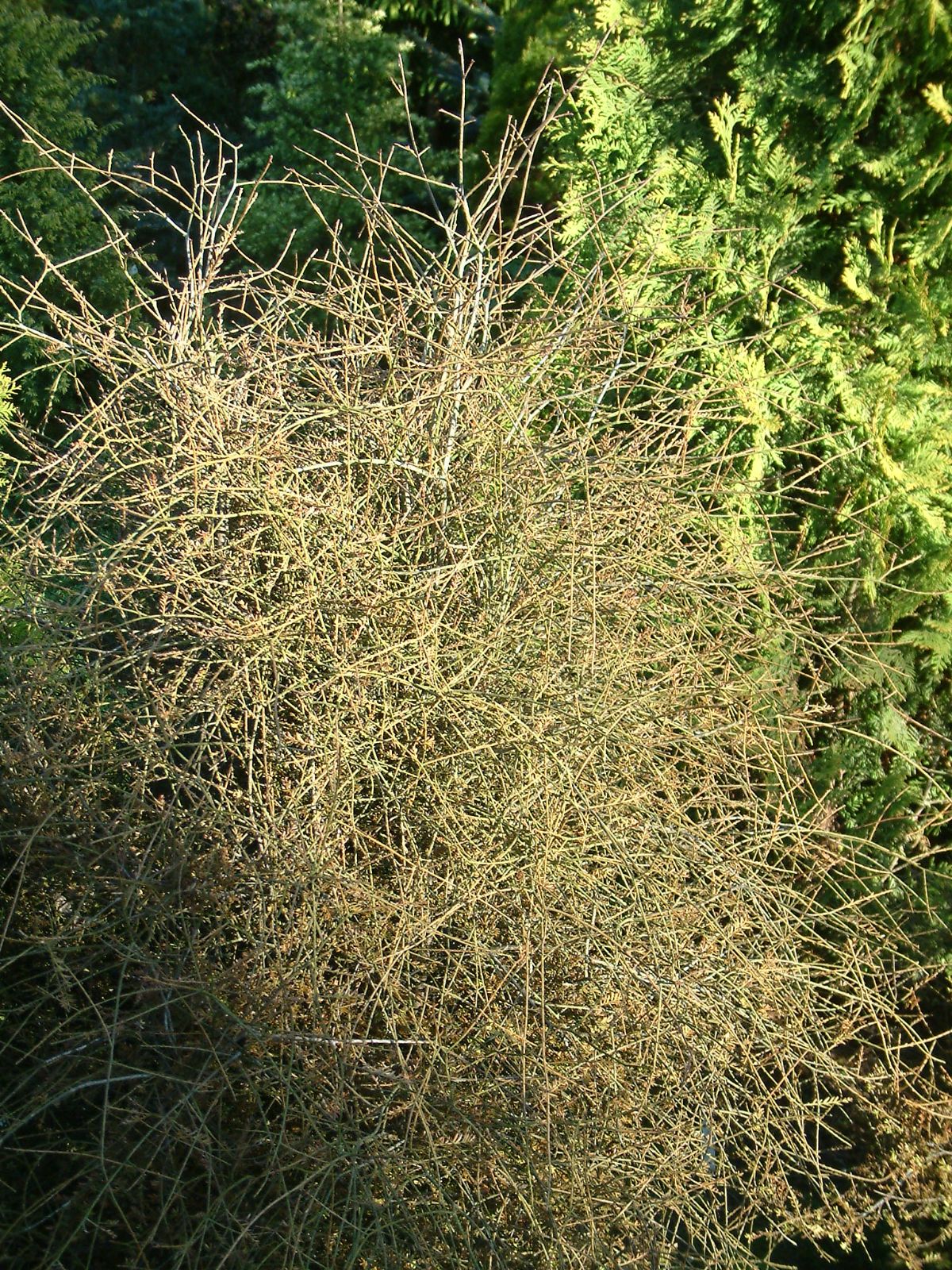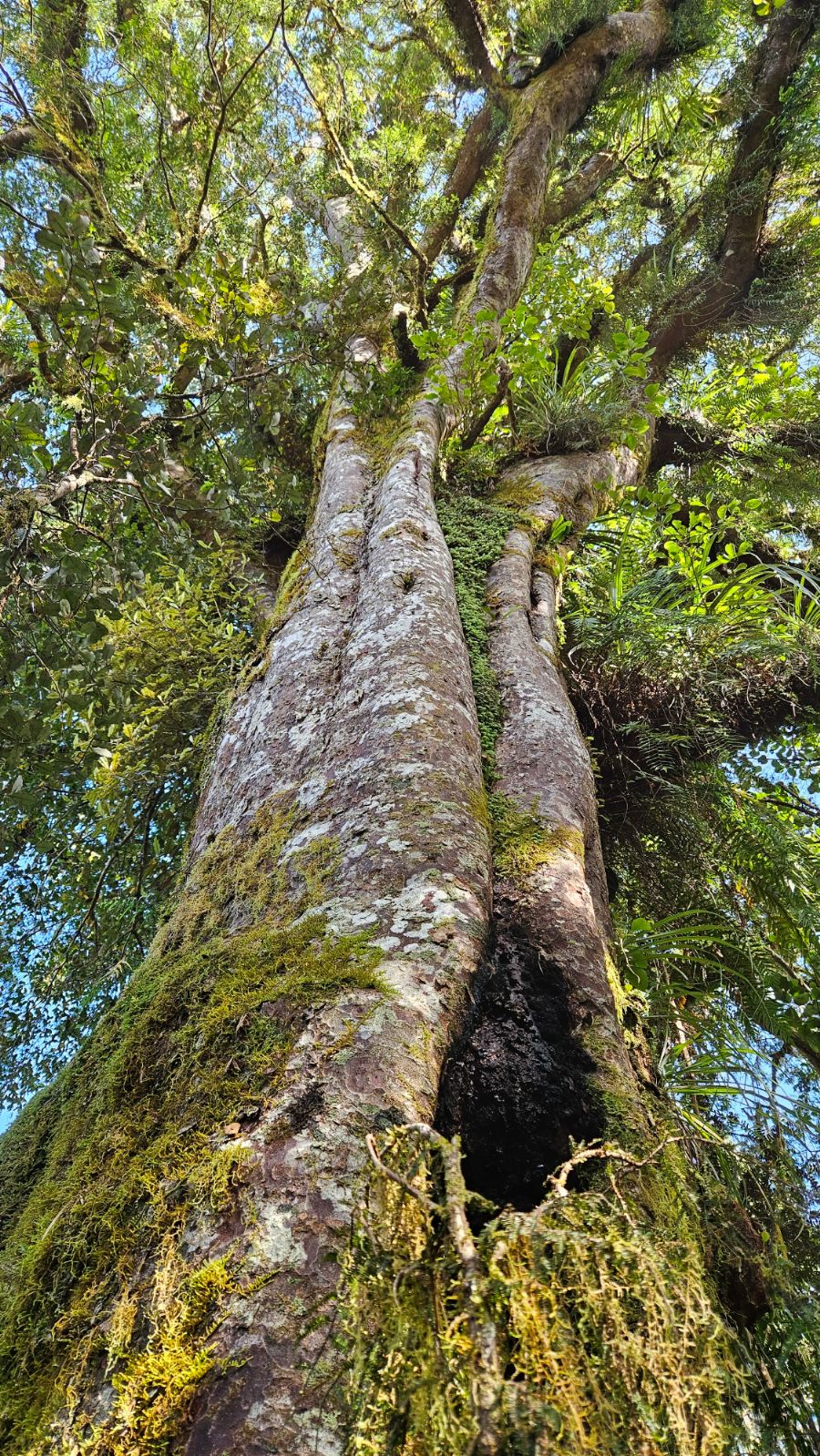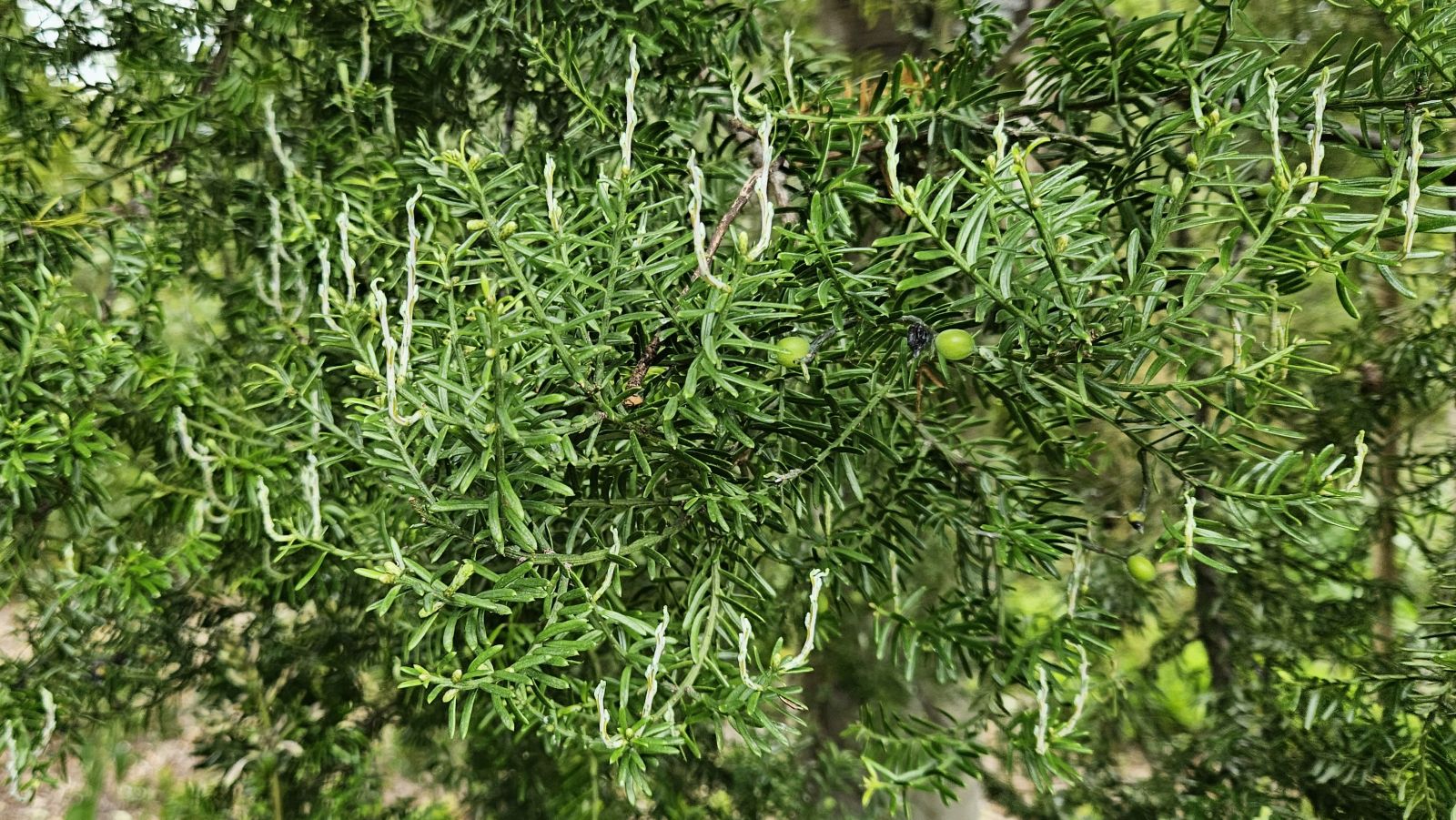Prumnopitys taxifolia
Credits
New article for Trees and Shrubs Online.
Recommended citation
'Prumnopitys taxifolia' from the website Trees and Shrubs Online (treesandshrubsonline.
Genus
Common Names
- Matai
Synonyms
- Dacrydium taxifolium Sol. ex D.Don
- Podocarpus spicatus R.Br.
Editorial Note
The text below is that of Bean (1981) who discussed this taxon under the name Podocarpus spicatus. We have created this hybrid article – Bean’s text under the correct modern name, with appropriate synonymy – whilst we await sponsorship to enable a full revision of this genus to be written. We are re-organising the Podocarpaceae text in this way to enable a new revision of Podocarpus to be completed in 2023.
TC, January 2023.
An evergreen tree 40 to 80 ft high, with a rounded head of erect branches and a trunk 6 to 12 ft in girth; bark bluish black, scaling off in large flakes. On young plants the branches are very slender and pendulous, forming a dense tangle, the leaves thinly disposed on them or only towards the tips in two opposite rows. On mature plants they are set thickly on the twigs in two opposite rows. Each leaf is 1⁄3 to 1⁄2 in. long, 1⁄16 in. wide, slightly curved, blunt or with a short point, of leathery texture, green above, rather glaucous with faint stomatic lines beneath. The twigs and leaves in this adult state are not unlike those of one of the short-leaved garden varieties of yew. The trees are unisexual; the males producing their cylindrical flowers, each 1⁄4 to 1⁄3 in. long, in spikes 1 to 2 in. long to which they are attached at right angles; the females produce a black, globose, succulent fruit 1⁄4 to 1⁄3 in. wide.
Native of both islands of New Zealand from sea level up to 2,000 ft altitude, originally discovered by Banks and Solander during Cook’s first voyage. It is only suitable for the mildest parts of the British Isles and very rare.
P. spicatus and P. ferrugineus are the only New Zealand representatives of the section Stachycarpus, to which the S. American P. andinus also belongs. See further in introductory note, p. 280.
From the Supplement (Vol. V)
In the genus Prumnopitys this species would take the name P. spicata (Mirbel) Mast., and Podocarpus ferrugineus, mentioned under it, would become Prumnopitys ferruginea (Mirbel) de Laubenfels.





